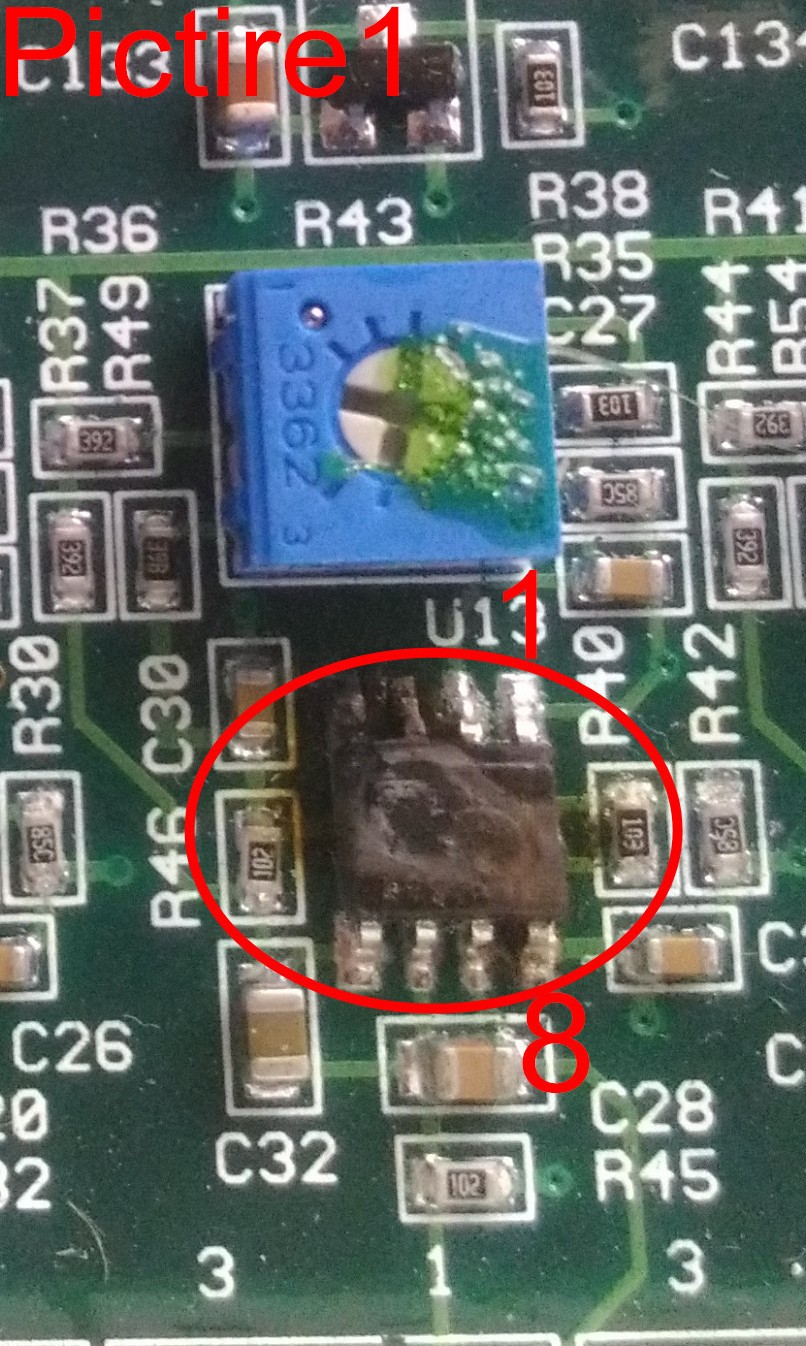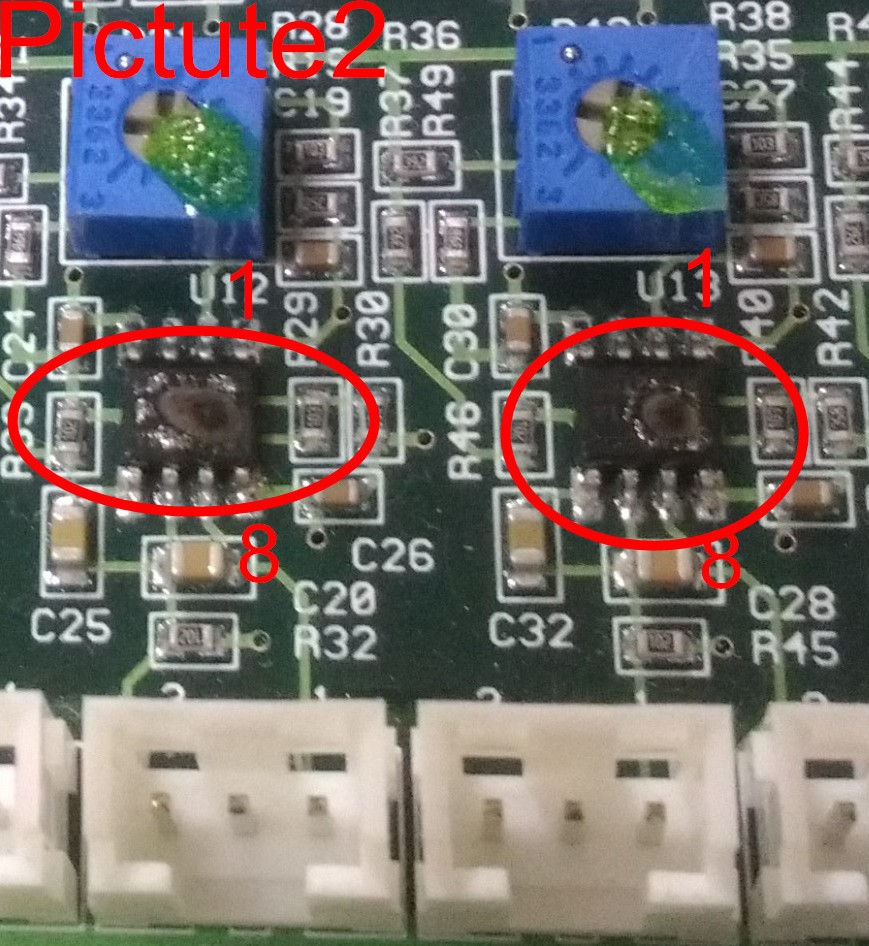Other Parts Discussed in Thread: LM258
The attached file is my design for PT1000 sensor. Sometimes , the LM258 will burn out. I think the cause is the PT1000's fault. I want to protect the LM258. The D56 and R269 are used for the input protection of U11B. The D57 and R20 are used for the input protection of U11A. The R270 is used for the output protection of U11B. Can you give some advice? When the output of the LM258 suffer a high voltage(may be Vcc), how much is the limit current?
Thank you very much.
Best regard.
Jiunhung





